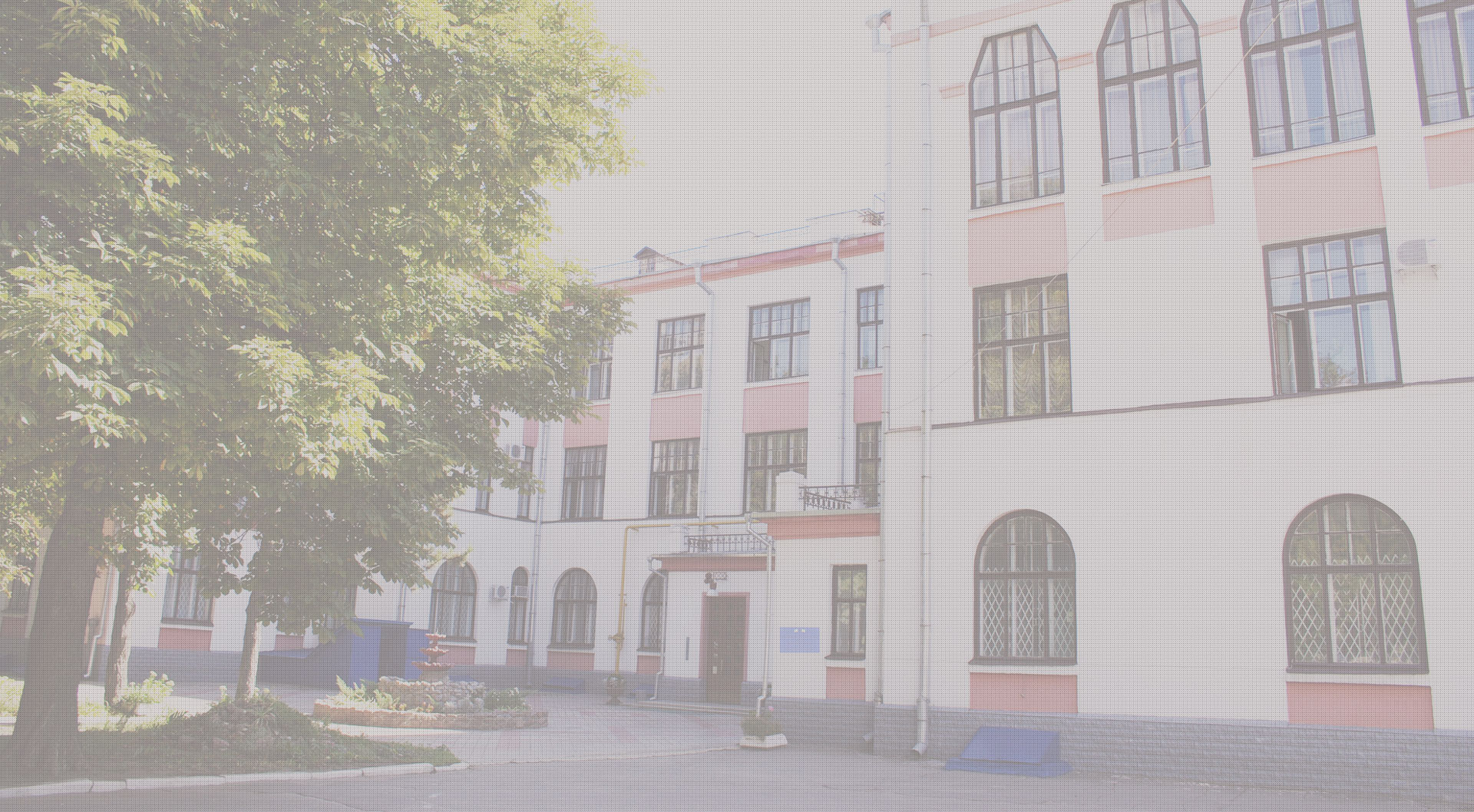The aim of the work was to monitor and analyze the results of research on the presence of GMOs in soybeans, canola and animal feed for the period 2018–2020. The research was conducted during 2018–2020 by the real-time polymerase chain reaction in the Research Department for Biochemical and Molecular Research of Food, Feed and Water of the State Scientific and Research Institute of Laboratory Diagnostics and Veterinary and Sanitary Expertise and in Regional State Laboratories of the State Service of Ukraine on Food Safety and Consumer Protection. Diagnostic kits (R-Biopharm) were used for screening, identification, quantification of soybeans and canola GM-lines. Reference material of GM-soybean, GM-canola (ERM, Belgium) was used as a positive control. In 2018, 3,494 samples of soybeans canola and feeds were studied, of which, in 505 (14.5%) samples GM-lines of soybeans and canola were found. In 2019, 4,235 samples were tested, 775 (18.2%) samples were positive. In 2020, 4,389 samples were studied, of which in 569 (12.8%) samples GM-soya and GM-canola were detected. During the period of 2018–2019 in positive samples of compound feed, soybeans, soya press cake and grist, GM-lines MON 40-3-2 and MON 89788 were identified in the amount of more than 10%, in samples of canola and canola press cake, GM-line GT-73 was found in the amount of more than 10%. In 2020, in soybean samples, in addition to the above-mentioned GM-lines, the GM-line MON 87708 was identified. Despite the ban on the use of GM-sources in Ukraine, the number of new GM-plant lines is increasing every year, which may be due to the lack of control over imported raw materials and grains, as well as their smuggling into Ukraine
Keywords: PCR, transgenic plants, GM-lines
Дятловская Е. Посевы ГМ-агрокультур достигли рекордных 185 млн гектаров. Агроинвестор. 7 мая 2017. URL: https://www.agroinvestor.ru/technologies/news/27335-posevy-gm-/.
Смирнов В. М. Особенности экспорта и мировые тенденции потребления соевого шрота. Группа компаний «Содружество», 2019. URL: https://meatindustry.ru/upload/iblock/fe6/fe6b30d6ad6f64fe9bbf830e194fb8ec.pdf.
Какие страны запретили генетически модифицированные культуры? ГМО обзор: о пользе и вреде продуктов питания. 20 августа 2013 г. URL: https://gmoobzor.com/stati/kakie-strany-zapretili-geneticheski-modificirovannye-kultury.html.
Klümper W., Qaim M. (2014) A meta-analysis of the impacts of genetically modified crops. PLoS One. 2014. Vol. 9, iss. 11. P. e111629. URL: https://doi.org/10.1371/journal.pone.0111629.
Where are GMO crops and animals approved and banned? Genetic Literacy Project. 2020. URL: https://gmo.geneticliteracyproject.org/FAQ/where-are-gmos-grown-and-banned.
European Commission. EU Register of Authorised GMOs. Version 1.1.1. 2003. URL: https://webgate.ec.europa.eu/dyna2/gm-register/.
Баласинович Б., Ярошевська Ю. ГМО: виклики сьогодення та досвід правового регулювання. Київ: Інститут економічних досліджень та політичних консультацій, 2010. 255 с. ISBN: 9789661870689. URL: http://www.ier.com.ua/ua/publications/books/?pid=2394.
Верховна Рада України. Закон України 1103-V «Про державну систему біобезпеки при створенні, випробуванні, транспортуванні та використанні генетично модифікованих організмів». Редакція від 16.10.2020 р. URL: https://zakon.rada.gov.ua/laws/show/1103-16.
